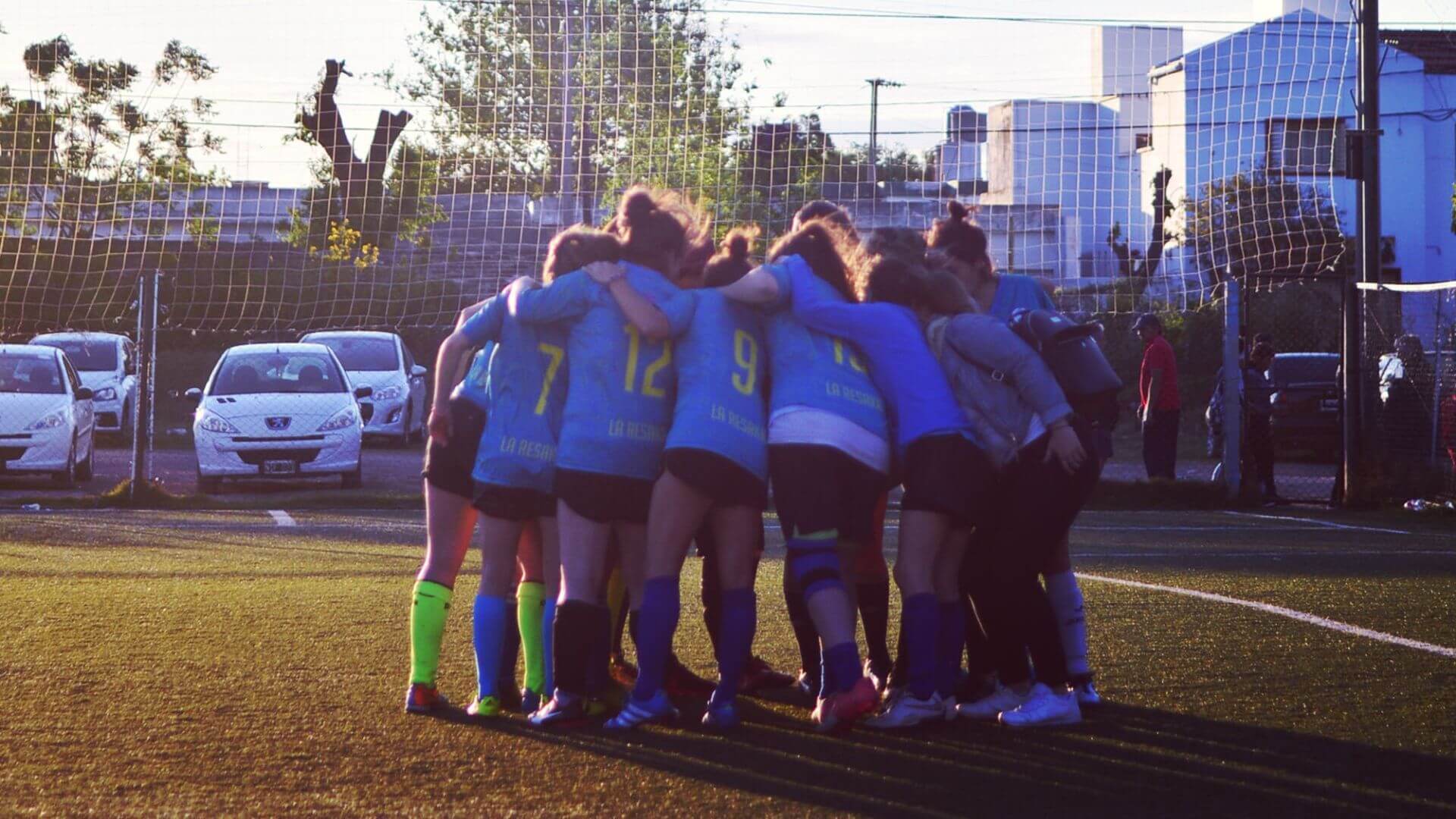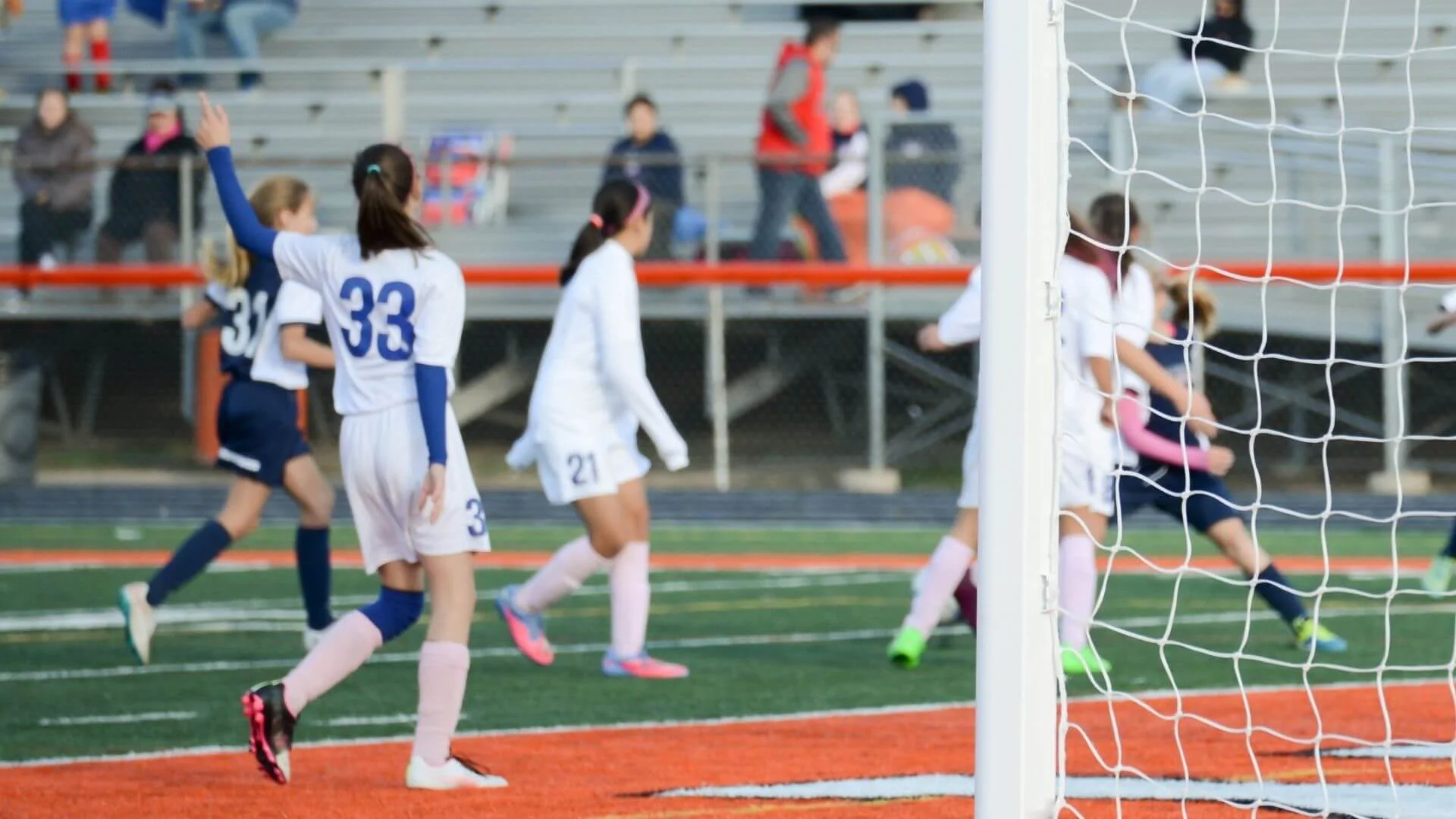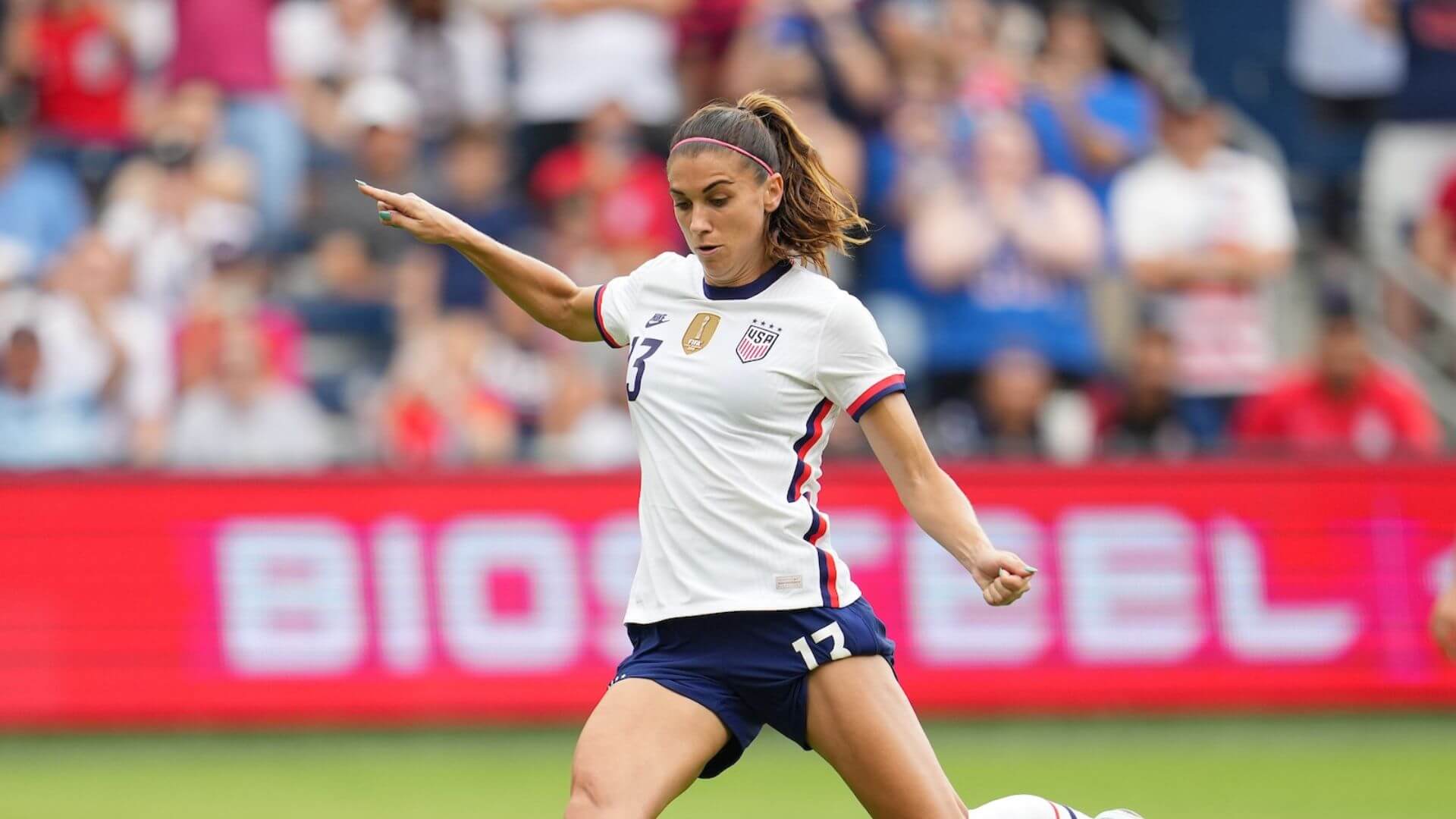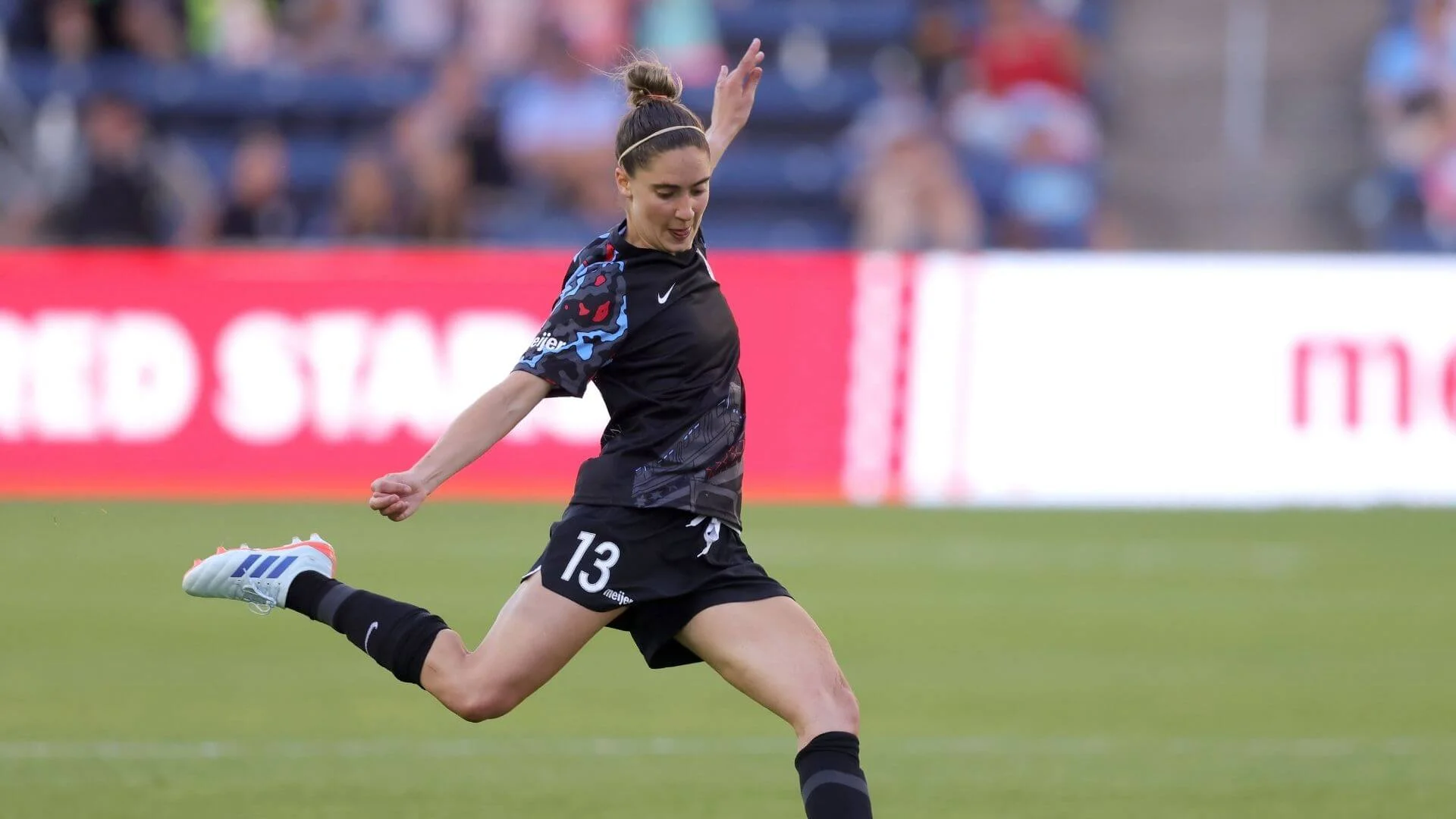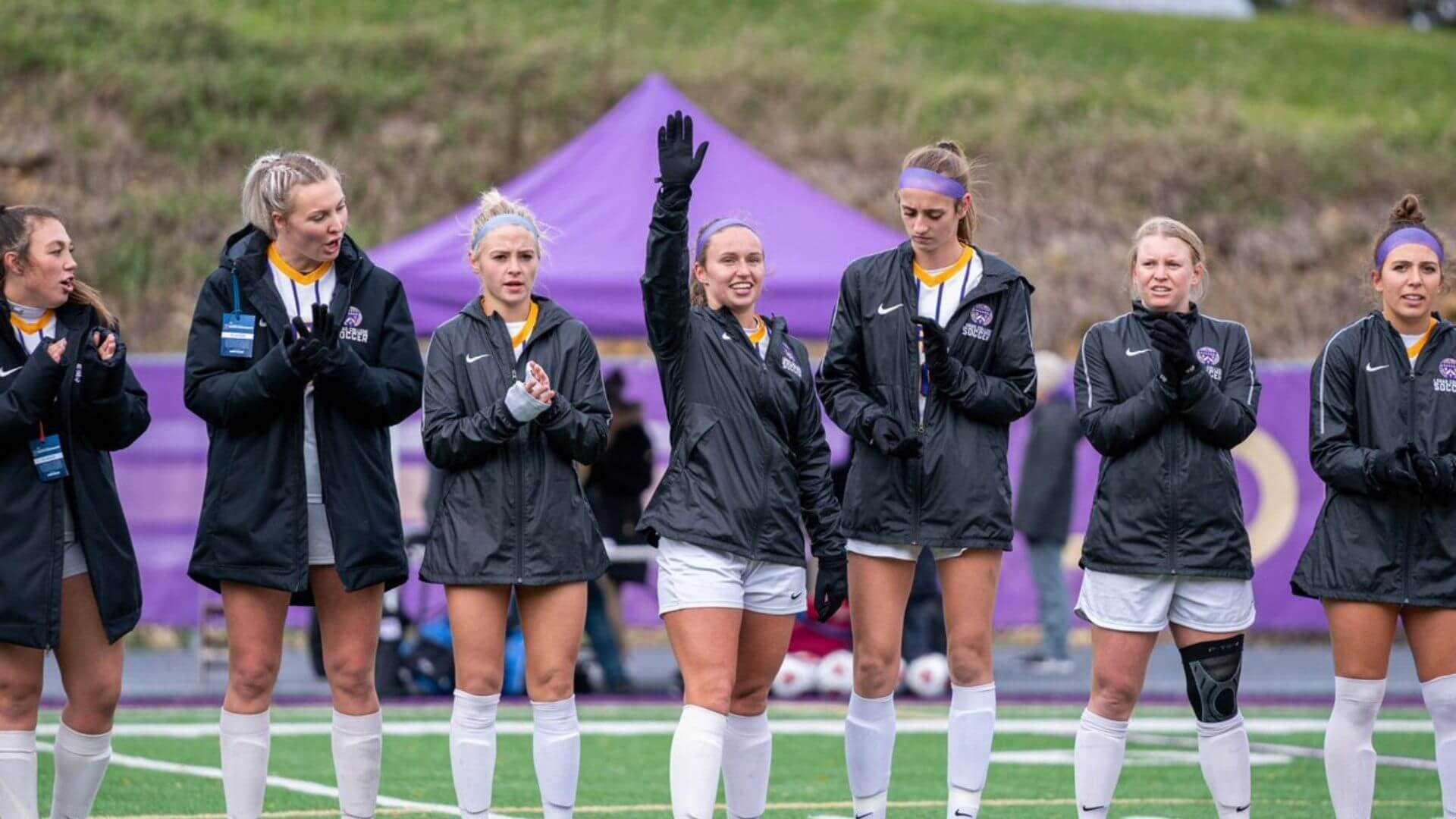How to Adapt your Soccer Training for the Cold
The weather is getting colder, and as much as we try to bear it and get away with just wearing shorts and short sleeves, it is only a matter of time until you have to break out the gloves and Under Armour. Since most teams play all year round, playing outside when it is frigid can be rough, but there are plenty of ways to adapt your soccer training routines to stay healthy and game-ready.
Here are some soccer training tips and routines to keep you on top of your game when temperatures drop:
Layer up!
Playing in layers is not ideal, but it will help keep your muscles warm to prevent injury. Maintaining body heat is super important when colder weather is upon us. So get out your sweatpants, sweatshirts, under armor, gloves, and ear warmers to protect yourself from the cold and being at risk of pulling muscles.
Warm-Up Before Anything and Everything
Sometimes we get so eager to play that we forget the most important part of a workout—the warm-up. To ensure your body is ready to undergo any activity, a good warm-up is the key to an optimal workout.
Dynamic warm-ups are a great way to increase blood flow and get your muscles loose, warmed up, and ready to go. Dynamic warm-ups include moving stretches and exercises such as lunges, squats, leg swings, light jogging, and shuffles.
Strength Training
As practices start to slow down, maintaining your fitness is important. Obviously, ball control and enhancing your stamina may be your main focus; it is also important to incorporate strength training.
Whether you go to a gym and can lift weights or you do bodyweight exercises at home, working on keeping your muscles strong and active is a great way to stay on top of your game. Bodyweight squats, push-ups, lunges, sit-ups, and everyone’s favorite–burpees, are quick and easy exercises to do to help keep up your fitness. Doing 4-5 sets of 15-20 reps multiple times a week will definitely help maintain your strength and prepare you for your next practice.
Safe Skills To Practice In Colder Temperatures
Playing in cold temperatures can be fun, but it is the most common time for players to strain muscles and risk injury. Shooting drills and long-distance passing drills are some things coaches may want to refrain from when temperatures are low, and players may not be warm enough to exert certain movements for long periods of time.
Instead, the main focus of soccer training on cold days should be foot skills and short passing pattern drills. In addition, winter sessions should prioritize ball work and small-sided games to keep players sharp while also paying attention to what is best for the health of their bodies.
Don’t Let The Cold Weather Be An Excuse
No matter what the weather is outside there is always a way to get your work in. Control what you can control: working hard and keeping yourself on top of your game with whatever you have around you!
Feature photo via Unsplash
_
GIRLS SOCCER NETWORK: YOUR SOURCE FOR GIRLS SOCCER NEWS




